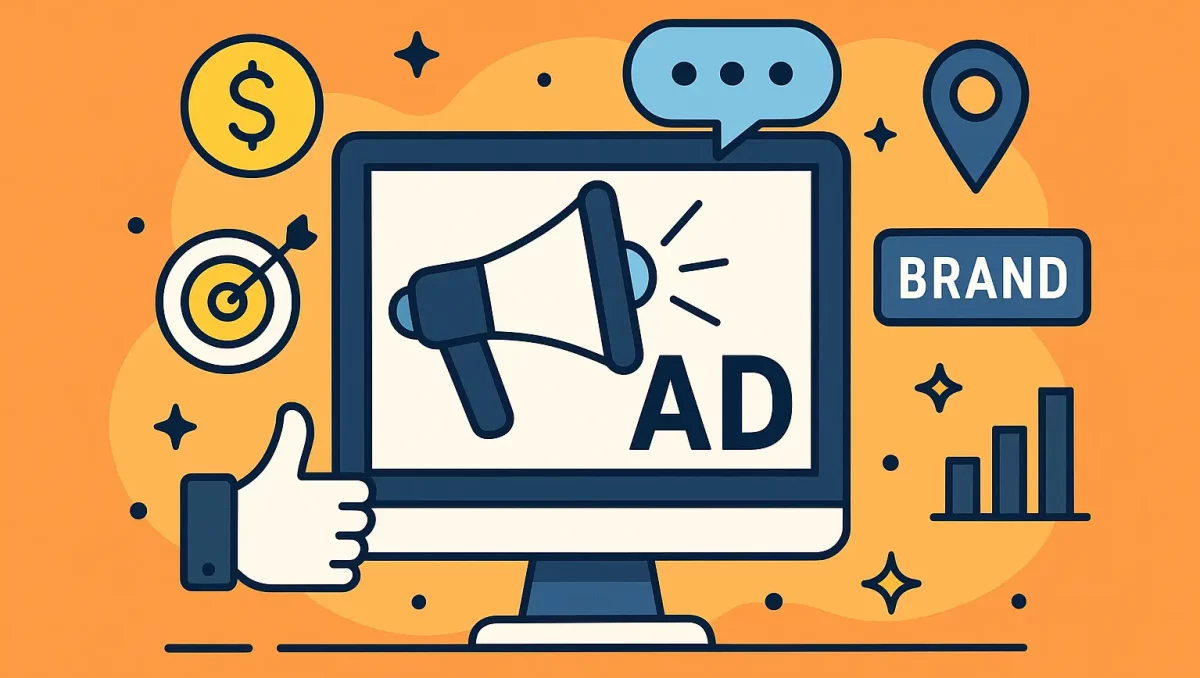I’m Kayla. I sell my own supplement line from a tiny room off my kitchen. My cat thinks the mouse is his. I made my first Google ad with coffee on my sleeve and the wrong headline. It still got clicks. Then things got real.
You want the truth? Google can be great for supplements. But it’s picky. And that’s fair. People’s health matters. Here’s what I did, what I messed up, and the real numbers I saw. If you’d like a complete, blow-by-blow recap of the whole journey, my separate deep-dive case study lays out every step.
Quick note: Google is picky, and that saved me
My first ads got flagged. Why? I said “relieves joint pain.” Not okay. I changed it to “supports joint comfort.” That passed. No claims about curing stuff. No disease names. No shady words like “miracle.” Plain and honest works.
For a deeper dive into Google’s supplement ad rules, the clear-cut guide at HuntMads helped me avoid the sneaky pitfalls.
I also learned to list ingredients, add a clear disclaimer, and show the product label on the page. If you need Google’s exact wording on what you can or can’t say, their official supplement and medical advertising guidance is worth bookmarking.
Extra note: Google’s policy microscope stretches beyond wellness. If you ever dabble in promoting a hyper-local dating service, reading PlanCul’s Lille playbook can show how they align candid, no-nonsense copy with what searchers in the city actually want—plus it unpacks profile tips and safety cues you can borrow for any campaign that needs an extra layer of trust. Likewise, local review hubs in the adult space can reveal how location-specific content and transparent user feedback keep compliance intact; check out this look at the Chambersburg scene on Erotic Monkey’s in-depth breakdown—it shows how granular listings, user-generated ratings, and clear service boundaries build credibility that you can model when you’re marketing any product in a policy-sensitive category.
What I ran and why
I tested three main things. Search. Shopping (with Performance Max). And short YouTube clips.
- Search Ads: Great for “people who know what they want.”
- Shopping/Performance Max: Great for “let me browse and compare.”
- YouTube Bumper: 6-second clips. More for awareness. Cheap, fast reach.
You know what? I thought video would be a waste. It wasn’t. It warmed up cold traffic, then Search closed the deal. Later I even dabbled with ads on other streaming platforms—my quick experiment on Peacock ads shows how that stacked up against YouTube.
Real examples from my account
I’ll show you the actual stuff I used.
Product: Turmeric Curcumin 1500 mg (with black pepper)
- Search keywords:
- [turmeric capsules]
- [curcumin supplement]
- “turmeric for joints” (phrase)
- -free (negative)
- -recipe (negative)
- -pain cure (negative)
- Sample ad headlines:
- Turmeric Curcumin Capsules
- Supports Joint Comfort
- Non-GMO. Third-Party Tested
- Descriptions:
- Gentle support for daily movement. Black pepper for absorption.
- Made in the USA. 60-day guarantee. Ships fast.
Result over 30 days (Search):
- Spend: $620
- Avg CPC: $1.18
- CTR: 7.9%
- Conversion rate: 3.6%
- CPA: $32.90
- AOV: $41.10
Note: When I added “third-party tested” to the headline, CTR jumped about 1.5 points.
Product: Ashwagandha Gummies (with B12)
- Shopping/Performance Max setup:
- Feed title: Ashwagandha Gummies 120ct – With B12 – Berry
- Image: Bright jar, plain background, no text on image
- Attributes: vegan, non-drowsy, gluten-free
Pro tip: before you send any feed live, skim Google’s own product data specification checklist so you don’t get blindsided by hidden disapprovals.
- Audience signals I used:
- People searching “ashwagandha gummies”
- People who visited my sleep and stress pages
- Sample listing text:
- Headline: Ashwagandha Gummies – Calm Support
- Highlights: Vegan. Berry flavor. 120 count.
Result over 45 days (PMax):
- Spend: $1,420
- ROAS: 3.1
- CPA: $21.40
- Top search terms: “ashwagandha gummies,” “organic ashwagandha,” “stress support gummies”
What helped: Reviews on the product page (with photos), plus clear shipping times.
Product: Vitamin D3 + K2
- YouTube bumper (6 sec):
- Clip: Sun through blinds, bottle on table, quick voice: “Daily D3 + K2. Helps maintain bone health. Simple.”
- Target: People searching vitamin D terms in the past 14 days
- Result over 2 weeks:
- Spend: $110
- Views: ~14,000
- CPV: $0.01-$0.02
- After effect: Search CTR on my D3 ads went from 6.2% to 8.4%
My copy rules that kept me out of trouble
- Use “supports,” “helps maintain,” “may help.” Not “treats, cures, fixes.”
- Say what’s inside. List dose. Show the label.
- No scary claims. No disease names. No before/after bodies.
- Keep it calm. People can tell when you’re pushing too hard.
Simple, right? Took me three rejections to learn.
Keywords that pulled their weight
Short and clear works best. I like exact and phrase match for control. I do add some broad now, but only with lots of negatives.
Good:
- [vitamin d3 k2]
- [turmeric curcumin]
- “ashwagandha gummies”
- [magnesium glycinate]
- “biotin for hair support”
Negative list I keep active:
- free
- recipe
- cure
- doctor
- prescription
- steroid
- ozempic
- testosterone
- side effects
- amazon
Why those? They cut junk clicks, policy flags, and folks just looking to browse or complain.
Landing pages that passed checks (and sold)
My first pages were too loud. Now I keep them clean:
- Top section: Plain product photo, price, quick perks (tested, vegan, made in USA)
- Clear dose info near the top
- Benefits phrased like “supports calm” or “helps maintain bone health”
- Bulleted ingredients with sources
- Reviews with photos (no medical claims)
- Shipping times and return policy
- FAQ: “When do I take it?” “Is it third-party tested?”
- No pop-ups that block the main content on mobile
When I moved “dose and label” above the fold, conversion rate went from 2.7% to 3.4% in a week. Small move. Big change.
Budgets, bids, and the “don’t panic” zone
- I start Search at $30–$60 per day per product.
- I begin with Maximize Conversions and set a gentle target CPA only after 30–50 conversions.
- For PMax, I split by product line. I feed it my best images and copy. Fewer assets, but better ones.
- I check search terms every 48 hours the first week. Negative anything messy right away.
CPC ranges I’ve seen:
- Turmeric: $0.90–$1.50
- Ashwagandha: $0.70–$1.20
- D3/K2: $0.60–$1.10
- Collagen (powder): $1.30–$2.20
Your numbers may swing. Mine do when big brands run promos.
Little tweaks that gave me wins
- “Third-party tested” in the headline: higher CTR.
- “Vegan” or “Gluten-Free” in callouts: better add-to-cart on mobile.
- Shipping timer (“Order by 2 PM, ships today”): fewer bounces.
- Photo with a hand holding the bottle: more trust than a floating bottle shot.
I also added a tiny “How to take it” graphic. One line. Morning with food. Done.
What flopped (so you can skip it)
- Saying “relieves anxiety” got an instant disapproval. Swapped to “supports calm” and it passed.
- I used too many assets in PMax. It started showing odd images. I cut it to 5–7 strong images and 5 headlines. Way better.
- I ran a sale without stock ready. Clicks came, we sold out, and ROAS tanked after. Scarcity is cute till it hurts.

